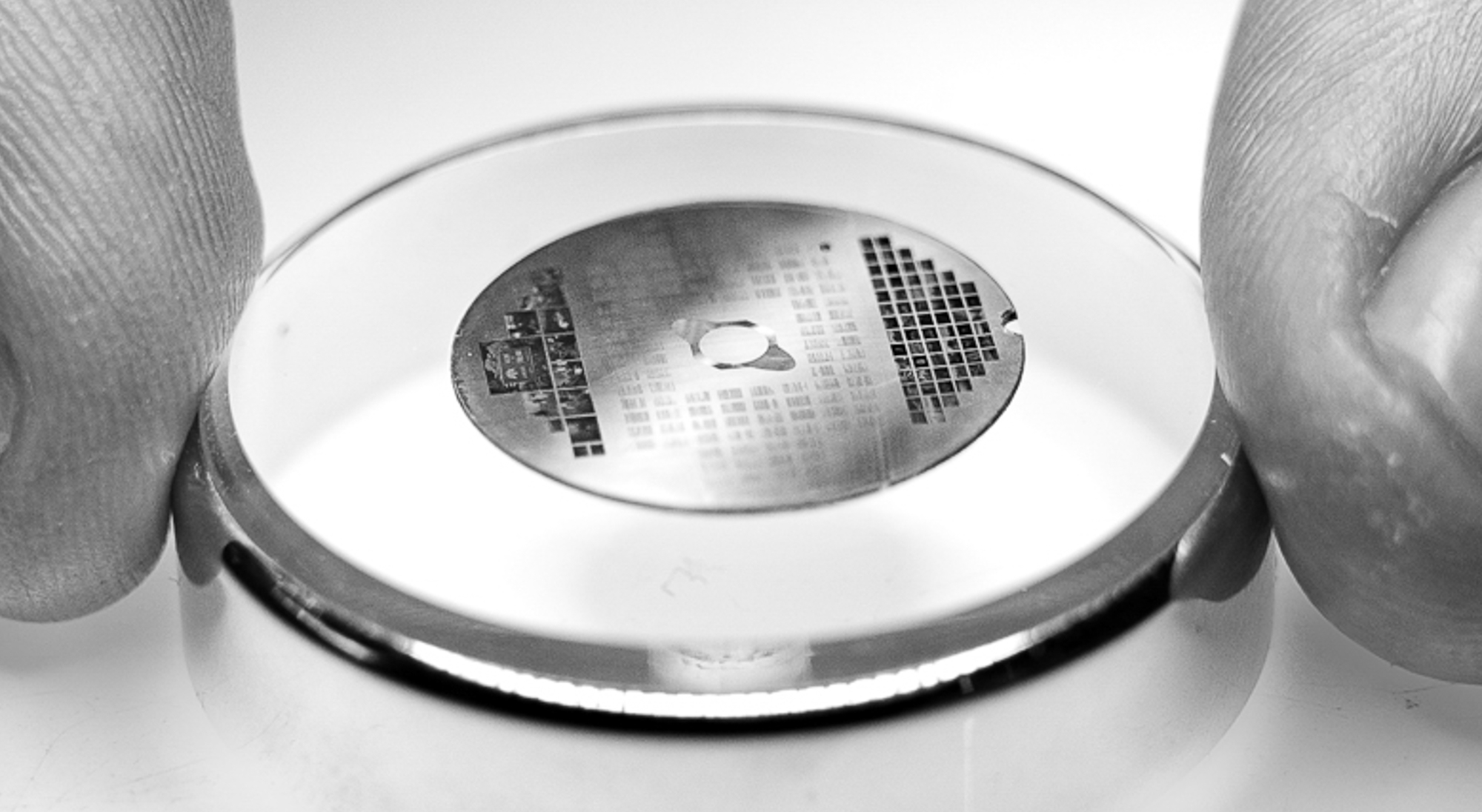 California-based watchmaker Barrelhand will soon release its second model with the Monolith timepiece, a debut that is scheduled to occur later in 2024. There is a lot of excitement around the long-developed Monolith, which is designed using 3D-printed elements as a mechanical watch for astronauts. Barrelhand isn’t quite ready to show off the entire Monolith watch design (notably, the dial is still a mystery), but the list of intended features is impressive, including environmental resistance for use in outer space, as well as a construction concept that takes into consideration a future when spare parts for tools will be 3D-printed on the spot.
California-based watchmaker Barrelhand will soon release its second model with the Monolith timepiece, a debut that is scheduled to occur later in 2024. There is a lot of excitement around the long-developed Monolith, which is designed using 3D-printed elements as a mechanical watch for astronauts. Barrelhand isn’t quite ready to show off the entire Monolith watch design (notably, the dial is still a mystery), but the list of intended features is impressive, including environmental resistance for use in outer space, as well as a construction concept that takes into consideration a future when spare parts for tools will be 3D-printed on the spot.
The Barrelhand Monolith watch is, first and foremost, designed to be used by astronauts as an EVA tool. (EVA stands for extra-vehicular activity, which is any time an astronaut is performing a task outside a vehicle in a spacesuit.) One of the coolest features of the Monolith watch case is a new crown system that Barrelhand refers to as “Air-Lock,” an always-sealed crown that provides a good deal more protection than your typical screw-down crown. The general claim is that to be adequate for use in space by astronauts, a watch needs to be resistant to micro-gravity environments, a total absence of pressure, solar and space-based radiation, and very low and very high temperatures. To accomplish this, Barrelhand has developed a movement with non-magnetic parts and created a case with various shielding properties (including a sapphire crystal designed to be shock-resistant in how it is installed). The automatic mechanical movement inside the Monolith will be known as the M1 and is built using a Swiss Sellita SW300 automatic base. We’ll be sure to dive deeper into the specifics of the watch once it’s fully revealed, but only a single component is the focus of this article.
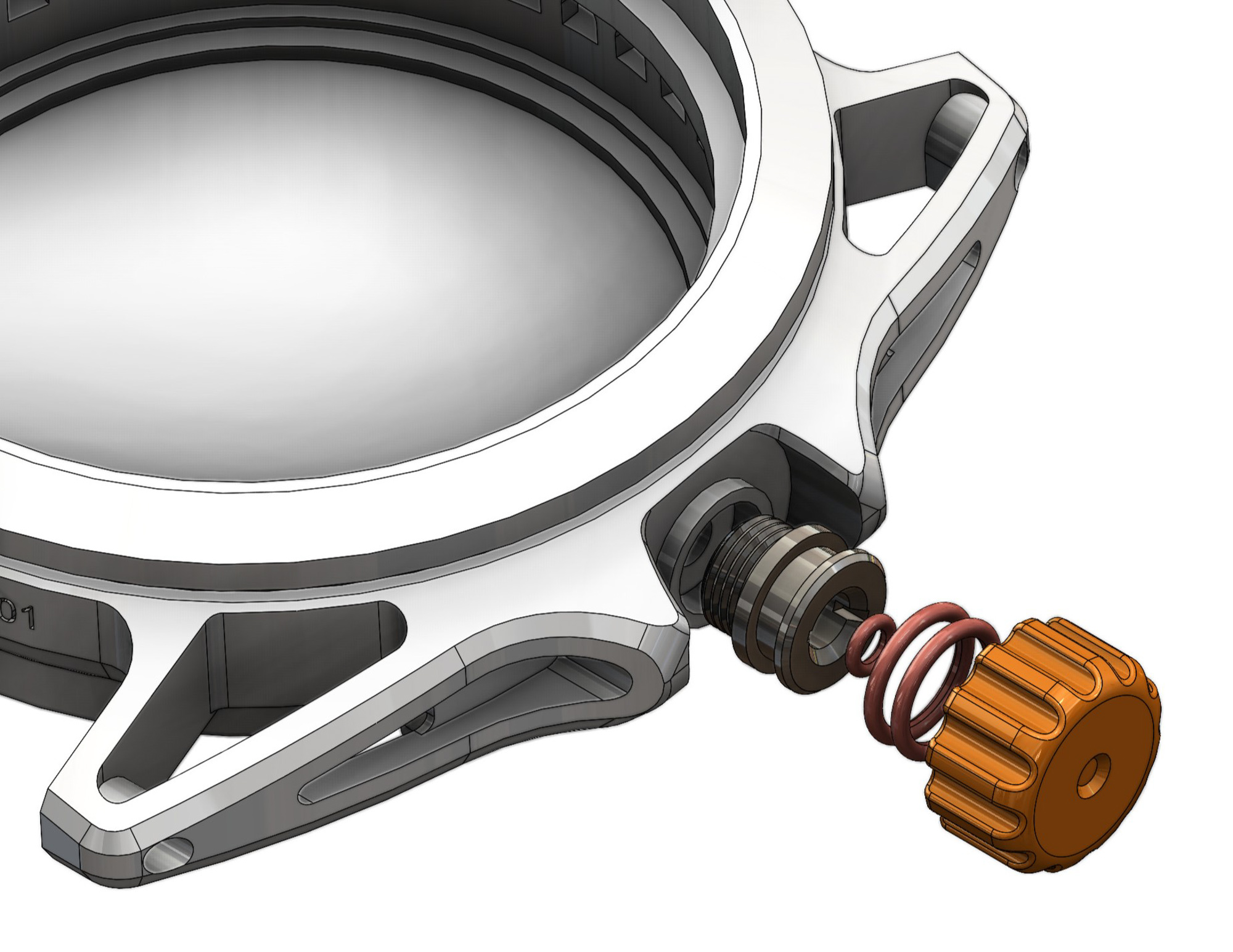
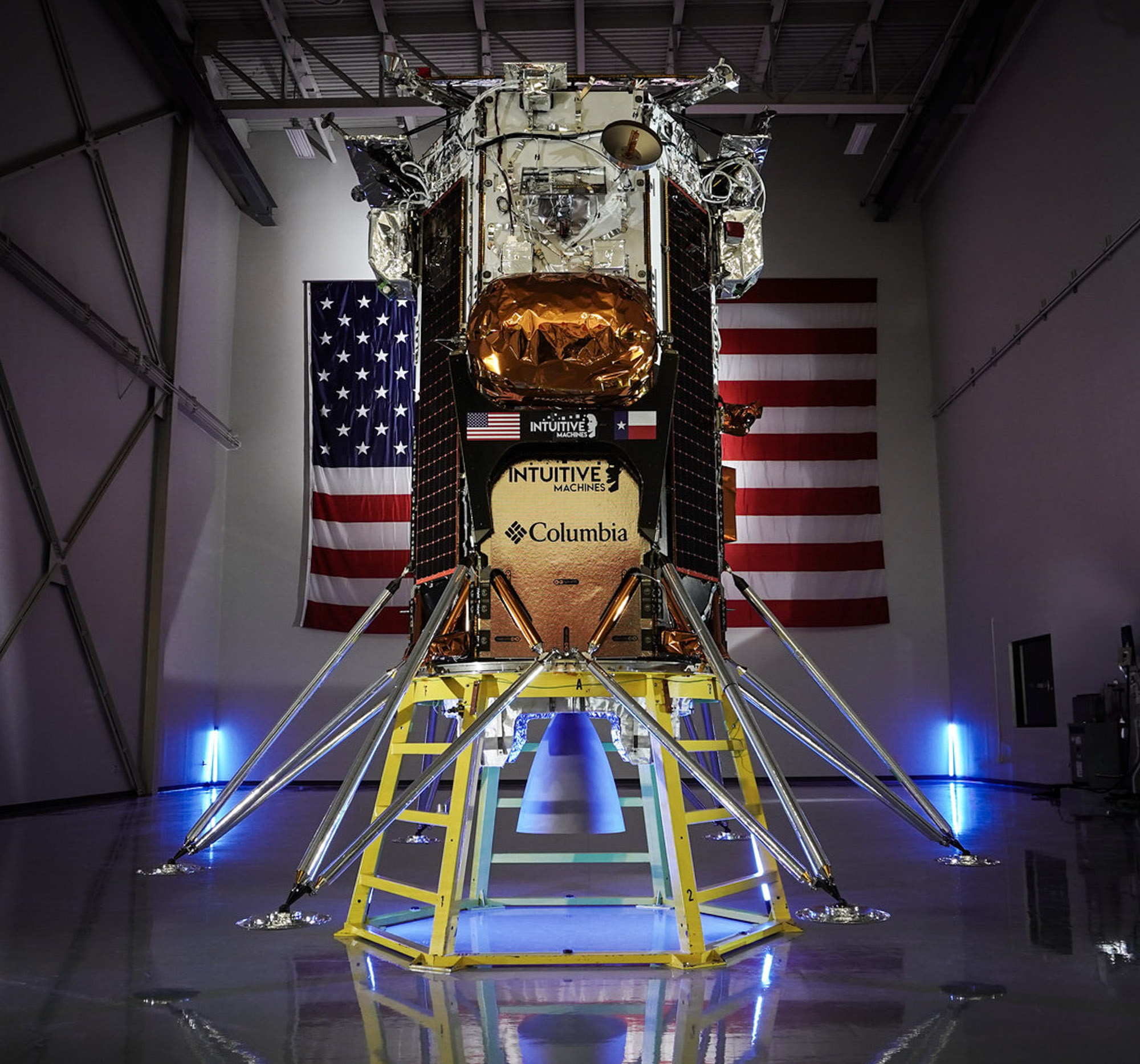
Barrelhand isn’t just designing a watch with a nice story; it’s working closely with companies that are actually involved in the space program. It will, of course, be sold to civilians, but the goal is to have it meet the requirements of and perform as gear to be used by people in space. Barrelhand is not working directly with NASA but rather with a company called Intuitive Machines, a contractor working on NASA’s CLPS (commercial lunar payload services) project, whose goal is to develop methods and entities capable of moving cargo to and from the moon. Intuitive Machines has built a lunar lander (IM-1) that is landed on the moon on February 22, 2024 — the first U.S. spacecraft to do so since 1972, and the first private moon landing ever. Intuitive Machines integrated payloads from outdoor outfitter Columbia, artist Jeff Koons, and — you guessed it — Barrelhand. The feature of the Monolith watch that has greatly captured my interest, and the impetus for me writing this piece ahead of the actual watch’s full reveal, is what Barrelhand sent to the moon and has decided to use for the caseback.
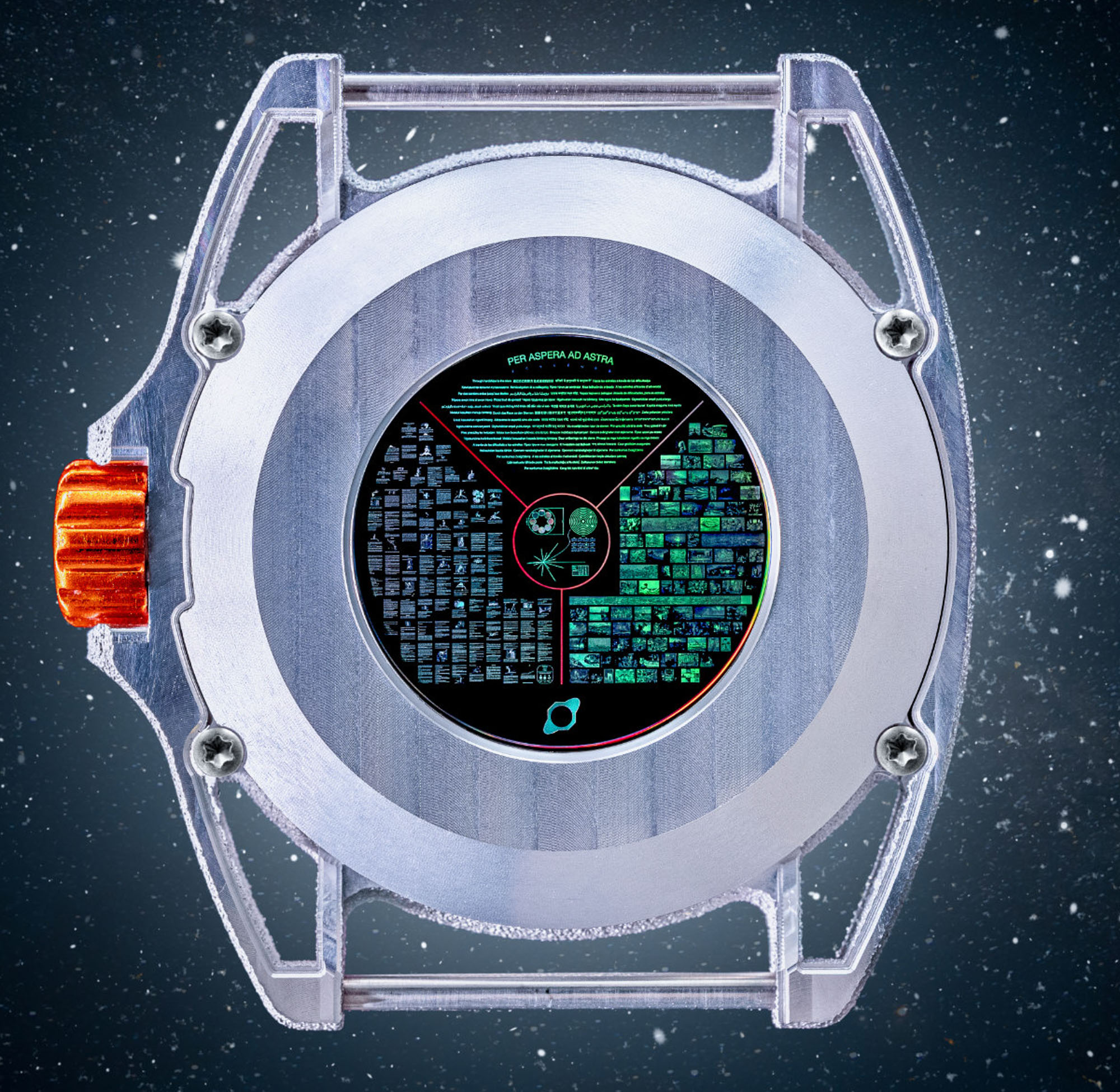
On the back of the Monolith will be a feature that is simply referred to as a Memory Disc, and according to Barrelhand, can store up to 4.5GB of data. It does so via a physical printing process in extremely high resolution, resulting in something known as NanoFiche. Printed as small coin-shape plates, NanoFiche happens to make for a great wristwatch caseback. For space travelers and scientists, NanoFiche is not just a cool thing to put on the back of timepieces, but rather a solution for long-term data storage. Some of you might have considered the interesting question of how to store data for the long term. Most of the data storage devices and tools we rely on today will either degrade over time or simply become unreadable without special tools and technology. The most durable way we know to store information is to engrave it in rock, which is hardly easy to transport around.
NanoFiche discs are printed with a resolution of about 300,000 dots per inch. The discs can be printed with pictures or text, and current technology can print about 1,000 pages worth of information on a NanoFiche disc per minute. Depending on the orientation of the information, a single 19mm-wide NanoFiche Memory Disc can hold over 1,000 pages of information. The discs are nickel-based and are said to be among the longest-lasting materials to maintain data integrity: Information stored in this way can potentially last for millions of years.
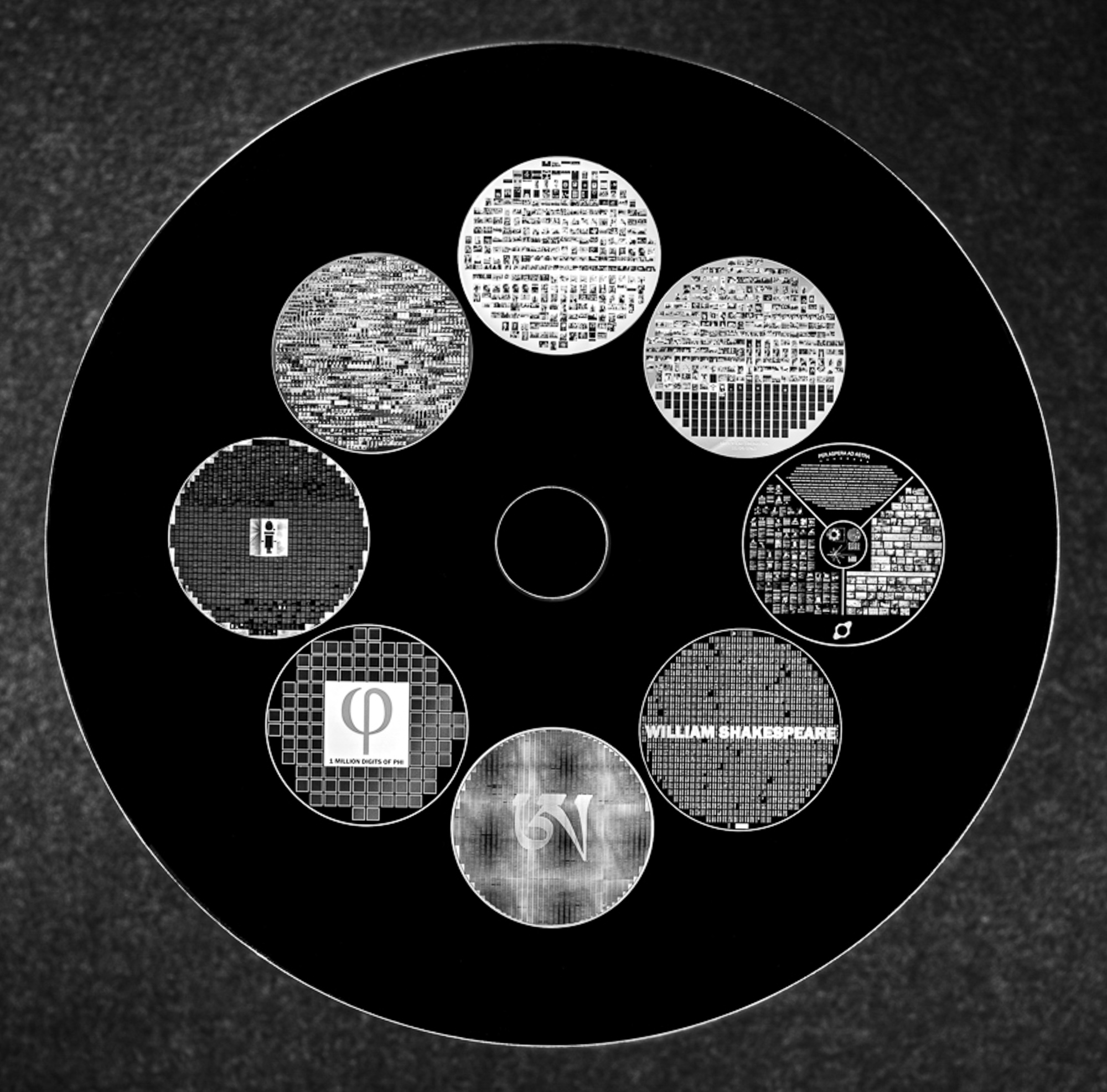
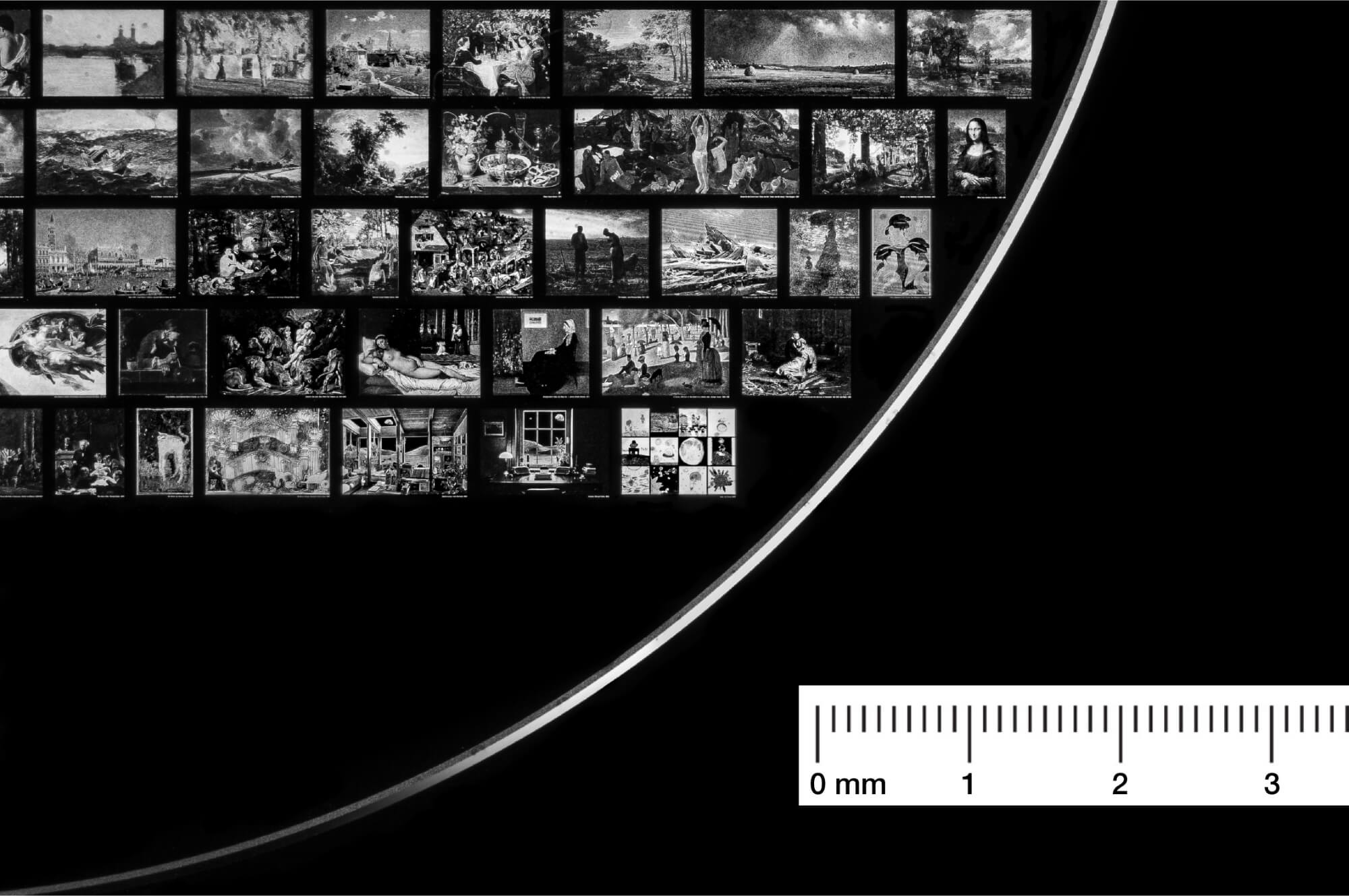
Why is long-term data storage interesting for lunar or other space missions? There are a variety of reasons, but is the most immediate that people like to point to a solution for educating aliens (who may find our spacecraft floating in space) about humans? The original Voyager spacecraft had data like this, and we continue to think about information posterity as we consider the distances and times associated with space travel. Data may one day be the last remaining feature of human civilization, and we very much want some other life form (or future versions of ourselves) to make use of it. While there are some very interesting science fiction fantasy-related reasons to want to include data about human culture on our spacecraft, there are also very practical components to developing durable, long-term data storage technology.
The Memory Disc installed into the back of each Monolith watch will be a replica of the Barrelhand Memory Disc by NanoFiche used in the Intuitive Machine’s lunar lander as part of its mission. It actually isn’t just one disc, but a stack of them. That is, on the Memory Disc stack is a series of human cultural and artistic works that were curated by a panel of experts, including scientists, psychologists, and educators. All of this is crammed into a tiny space that requires serious magnification to read, though the data is there and long-lasting.

A simple reason we love this as watch lovers is a fondness for miniaturization. In a lot of ways, wristwatch technology is just larger technology that was eventually engineered to be small enough to wear. That includes everything from the balance wheel to the quartz oscillator. Being able to miniaturize data in such an interesting and high-tech way clearly feeds directly into the logic centers of our brains that are also drawn to timekeeping technology. I say why stop at using a NanoFiche Memory Disc to store literature and songs? Why not use this technology to store the instructions for how to use a device as well as its manufacturing or assembly schematics? If the future includes machines that can 3-D print new parts, why don’t parts come with instructions for how to make them micro-printed on the surface? Imagine if the Monolith watch had a Memory Disc caseback that included full schematics for how to build the watch and its individual components. You could just feed that data into a machine that could print them all out for you. A concept that makes a lot of sense when thinking about autonomous survival and repair when far away from Mother Earth.
There is much to learn about the upcoming Barrelhand Monolith watch and its involvement with upcoming NASA Moon missions. For now, I think it is interesting to discuss the ambitions of the very intriguing NanoFiche technology for the casebacks, as well as how something like this could be incorporated into other watches, for other purposes. I’d be interested to hear in the comments below what our readers think of this novel caseback technology and how it might be used by Barrelhand and other brands in the future. Learn more at the Barrelhand website.

